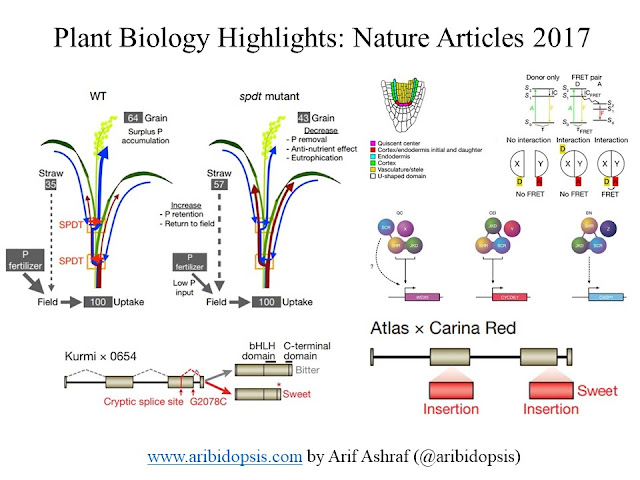Plant Biology Highlights: Science Articles 2017

It's almost the end of another amazing year. Undoubtedly, we came across amazing plant science stories all the year round. Like all other researchers, I regularly follow plant-specific journals (The Plant Cell, Plant Physiology, Nature Plants, The Plant Journal, Journal of Experimental Botany, Molecular Plant, Plant, Cell & Environment, Plant, Cell & Physiology, Frontiers in Plant Science, Plant Direct and so on). Apart from that Cell, Science, Nature, PNAS, Nature Communication and other renowned journals cover plant science stories. At the end of this 2017, I've covered few great stories from Science in this post. Plant-soil feedback and the maintenance of diversity in Mediterranean-climate shrublands Soil biota influence plant performance through plant-soil feedback, but it was unclear whether the strength of such feedback depends on plant traits and whether plant-soil feedback drives local plant diversity. They grew 16 co-occurring plant species with


